Guide To Financial Freedom: How To Pay Off Non-Current Liabilities And Improve Your Fiscal Well-Being
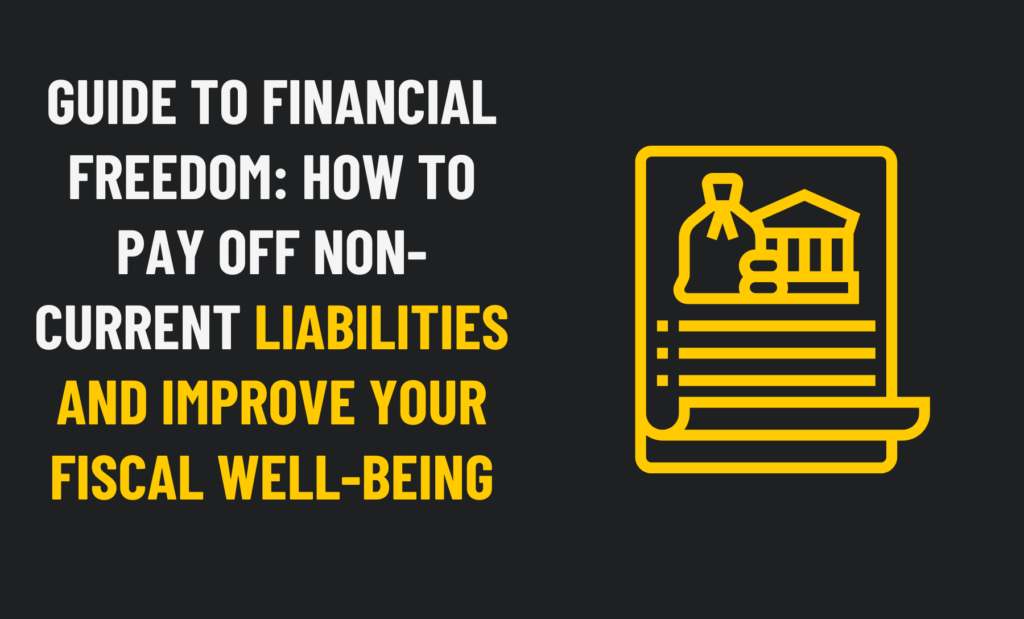
Debt is a common issue many individuals and businesses face, and non-current liabilities are a significant part of it. Non-current liabilities are debts not due for payment within the next twelve months, such as long-term loans, deferred tax liabilities, and pension obligations. Managing these liabilities is essential for improving financial health and stability. This blog […]
Uk Marriage Planning: Protect Your Assets And Secure Your Future
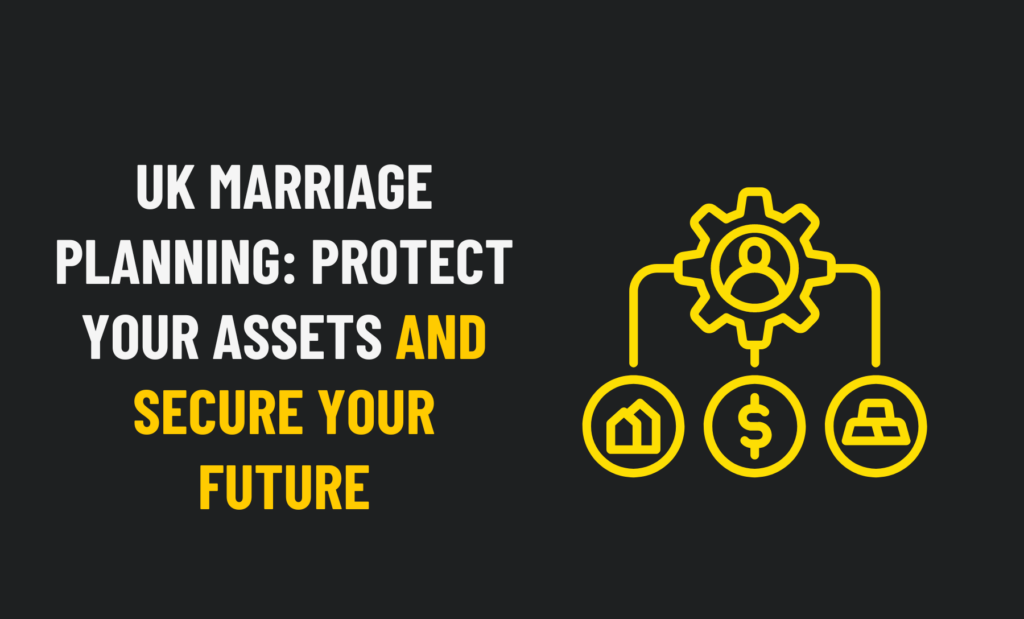
Uk Marriage Planning: Protect Your Assets And Secure Your Future Marriage is an exciting time, but it’s important to remember that it also involves significant financial considerations. For those in the UK, marriage can have legal implications that affect your assets and financial future. That’s why it’s essential to have a solid plan to protect […]
Breaking Down Your Debts: A Complete Guide To Calculating And Managing Total Liabilities
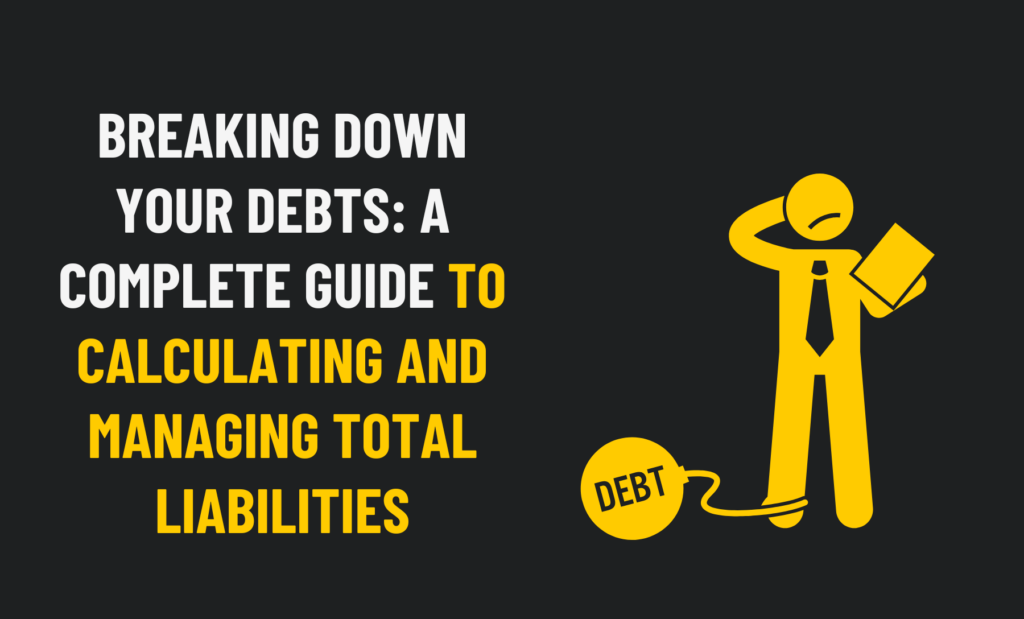
Debt can be overwhelming and confusing, especially when it comes to an understanding and managing total liabilities. Total liabilities refer to the amount of money an individual or company owes to others, both short-term and long-term. It includes everything from credit card debt to loans and mortgages and even taxes owed. For many people, calculating […]
Understanding Escrow Accounting: The Basics and Types
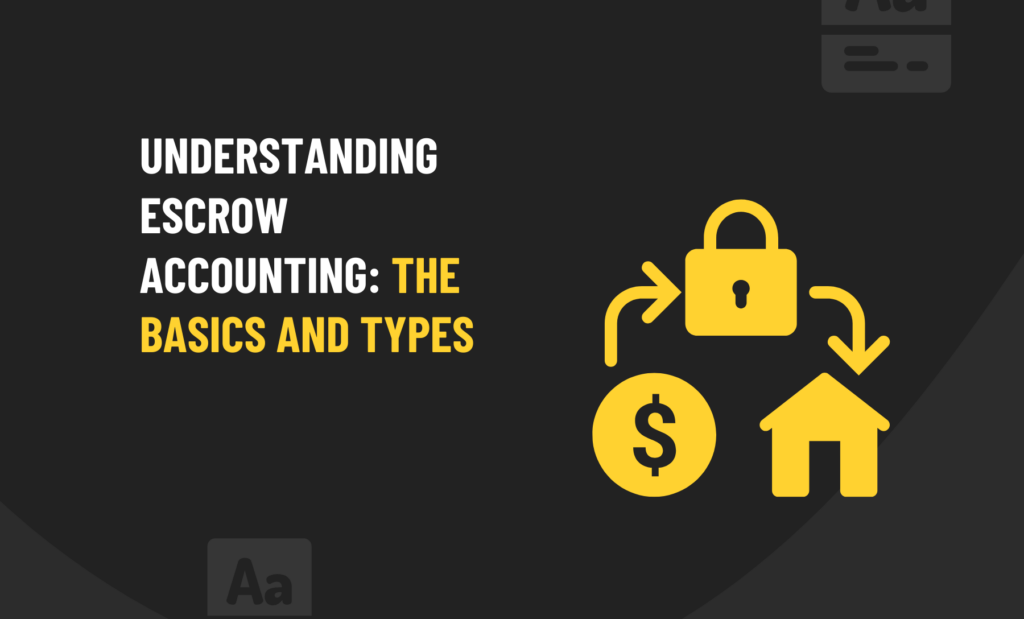
Escrow accounting is a process used to account for and track the transfer of assets between two or more parties. It is also used to ensure that all parties’ obligations are fulfilled. What is Escrow Accounting? Escrow accounting is a process in which a neutral third party, called an escrow agent, is responsible for holding […]
Claiming My Wife’s Unused Tax Allowance – UK
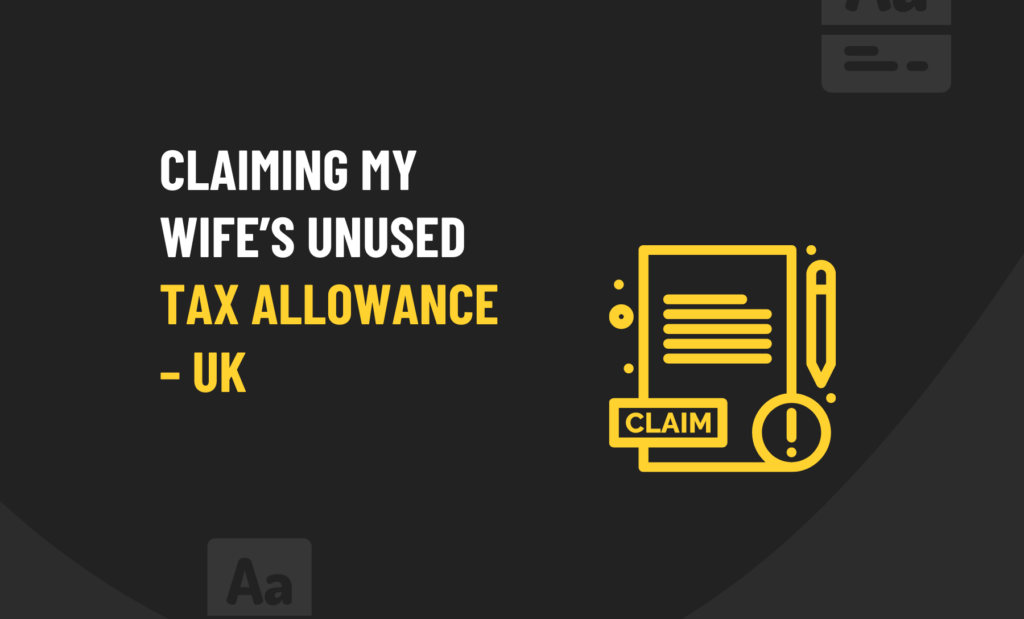
In the UK, a spouse or civil partner can claim the unused tax allowance of their partner. If you are married, you can do this on your tax return. The marriage allowance has been in effect since April 6th, 2015. Some couples need to know about the marriage allowance. With this new tax development, you […]
Tax-Free Allowances in the UK: What am I Entitled to?
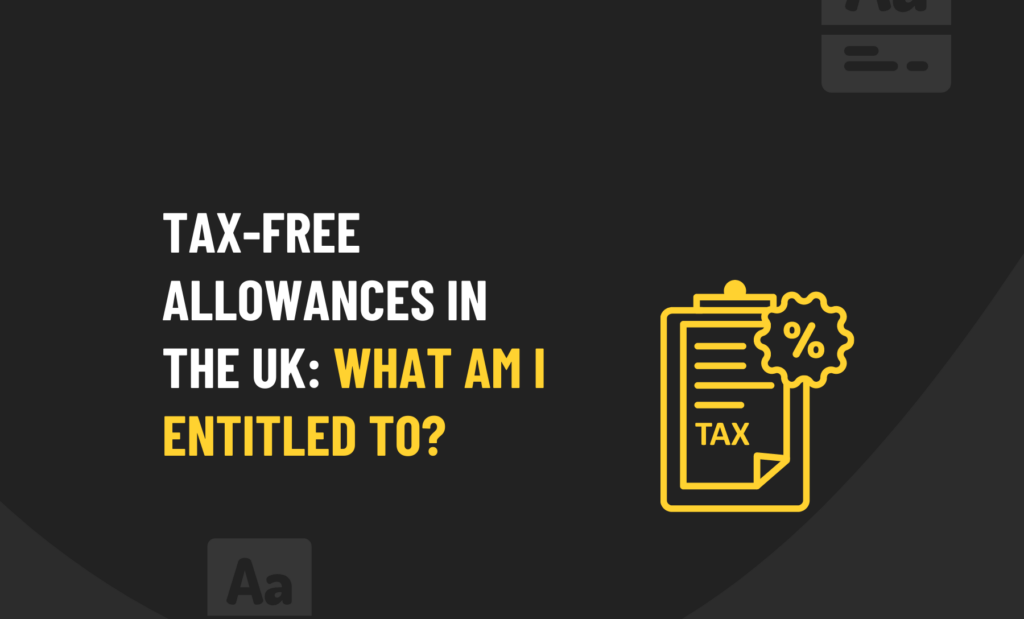
Tax allowances are the amount of taxes you are allotted to deduct in the form of standard deductions, itemized deductions, and personal exemptions before calculating your total taxable income. Many factors may alter these allowances, and what is applicable to you depends on your situation. You may be entitled to some tax relief allowances that […]
How to Calculate Corporation Tax in the UK
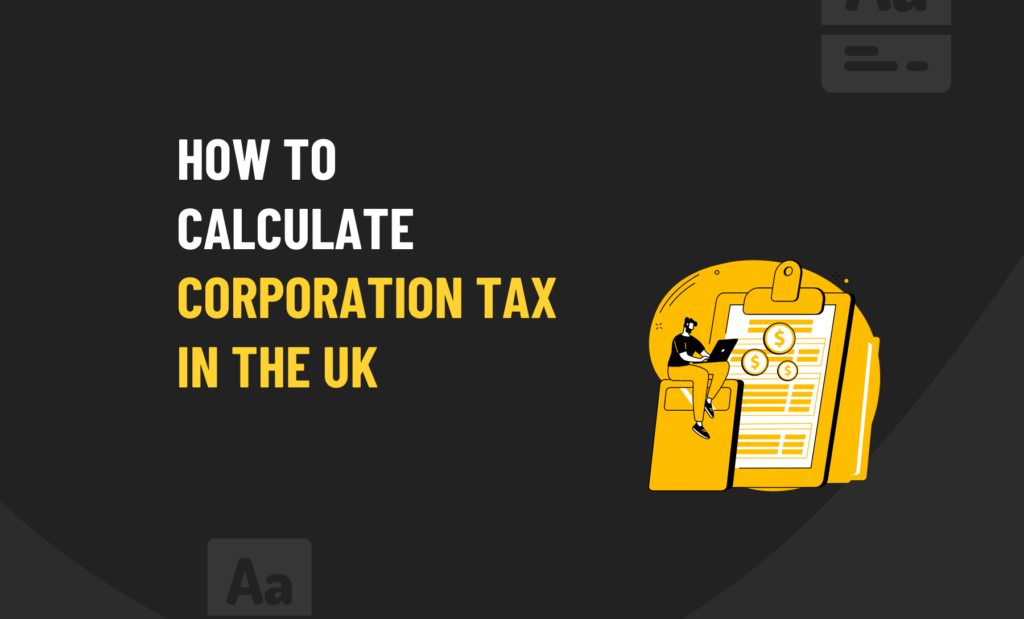
Some organizations and UK-limited companies are required to pay corporation tax. Company profits are used to calculate corporation tax. Several specific expenses can be deducted, and you can take advantage of allowances that reduce your taxes. Limited companies are subject to corporation tax in the following ways: Earnings are generated by trading is what you […]
How to Pay Corporation Tax Online
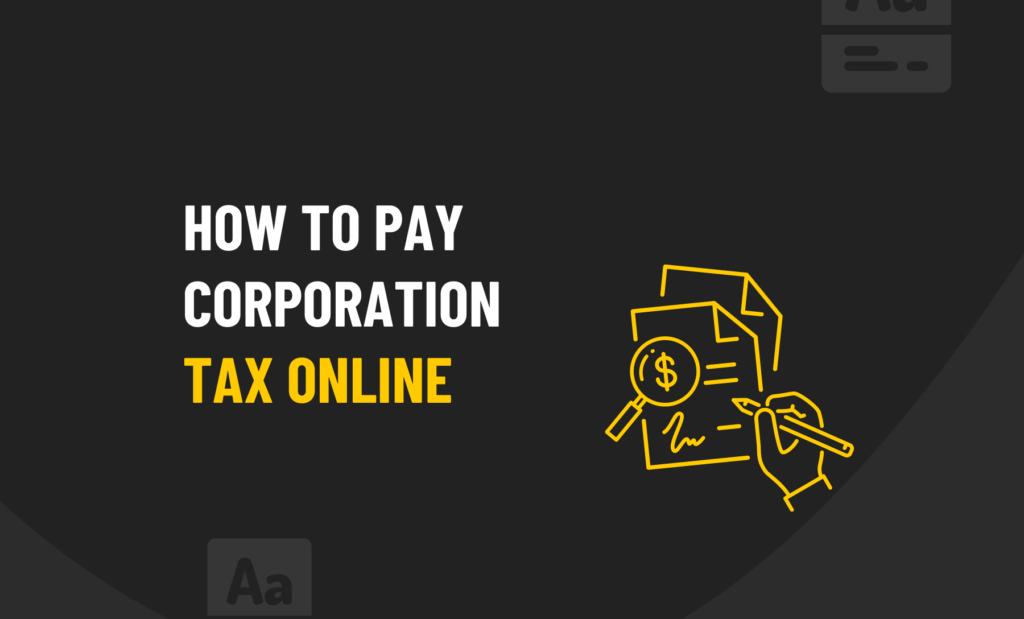
Paying taxes on time is essential, particularly in the event that late fees are applied. Learn how to pay your corporation taxes in various ways online. Up to £1.5 Million in Taxable Profits The Corporation Tax must be paid nine months and one day after the end of the accounting period. You may have two […]
What Date Does the Tax Year Start?
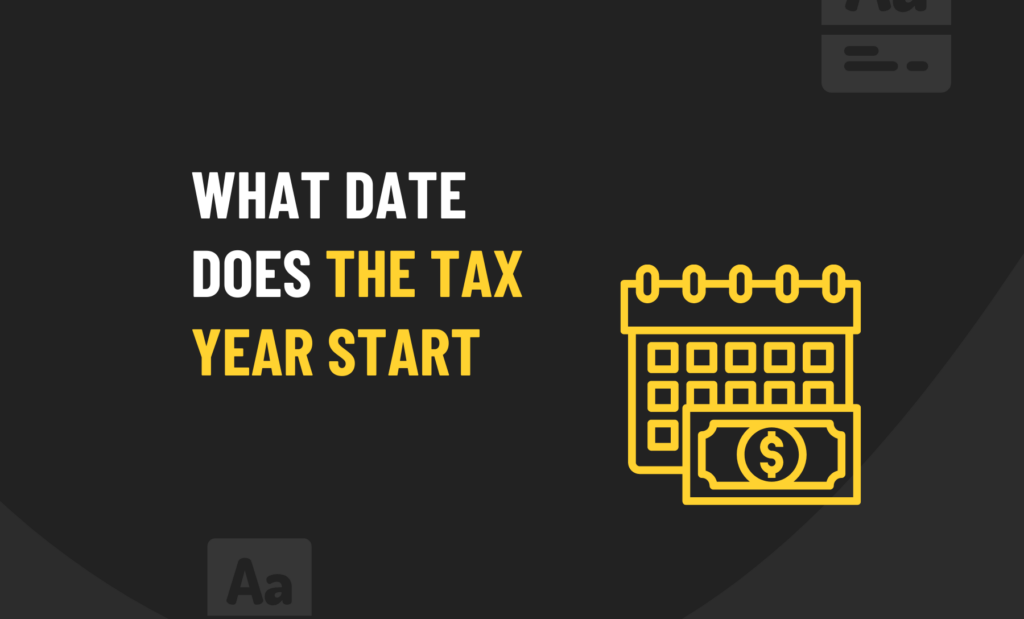
What Date Does the Tax Year Start How do you determine the beginning of the tax year? The UK’s fiscal year does not begin or end at the end of the calendar year. You have 12 months to settle your tax payments and return obligations, just like the new calendar year. The tax year starts […]
How Long Does Emergency Tax Last
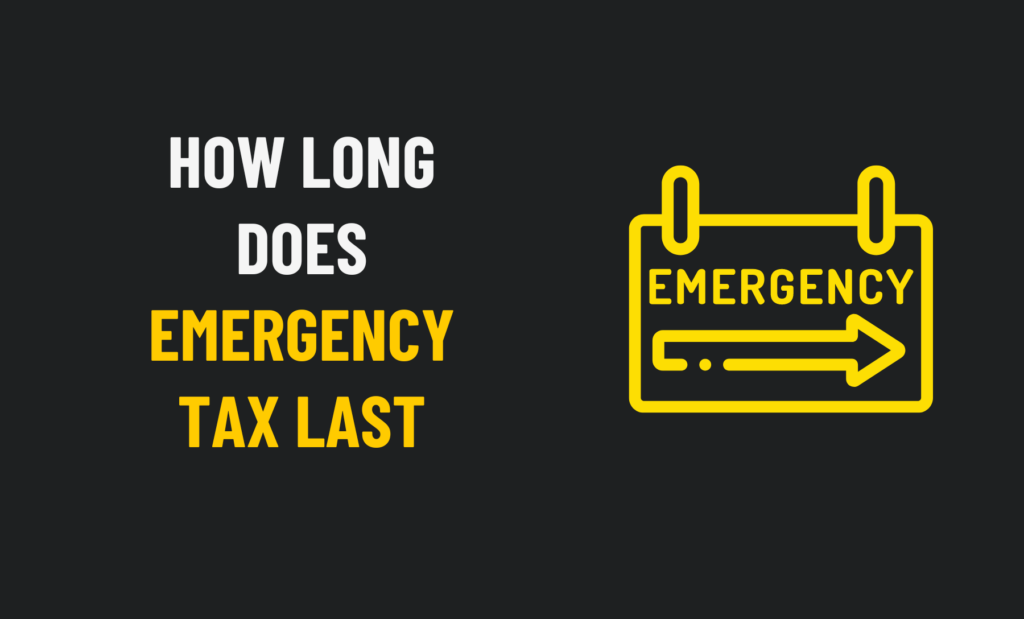
Emergency tax is the temporary imposition of a higher tax rate on all your earnings, which results in a smaller salary than normal. The good news is that it can be avoided, and if you need to pay emergency taxes, you can be reimbursed. Emergency tax usually occurs when HMRC does not have accurate or […]
How Long Does a Tax Rebate Take

A tax refund refers to the amount you get back from the government because your paid taxes exceeded your computed tax burden. As a result, many people need an efficient tax refund generator that can help them get their taxes paid without any problems or hassles. But with this article, you will learn how to […]
How is Council Tax Calculated on New Builds?

Council Tax is an essential part of any property owner’s budget. Council tax is the local tax that helps councils pay for the services they provide. We use the money collected for council tax to maintain roads and street lighting, for services such as street cleaning and rubbish collection, and for things. It is calculated […]
How Do I Change My Tax Code

Introduction So you are looking for “how do I change my tax code?” We’ll answer that question today. If you think your tax code is incorrect, you should probably contact HMRC. They’ll change it for you and ask the company to adjust the information accordingly. You can change your tax code on the phone via […]
How to Avoid UK Tax
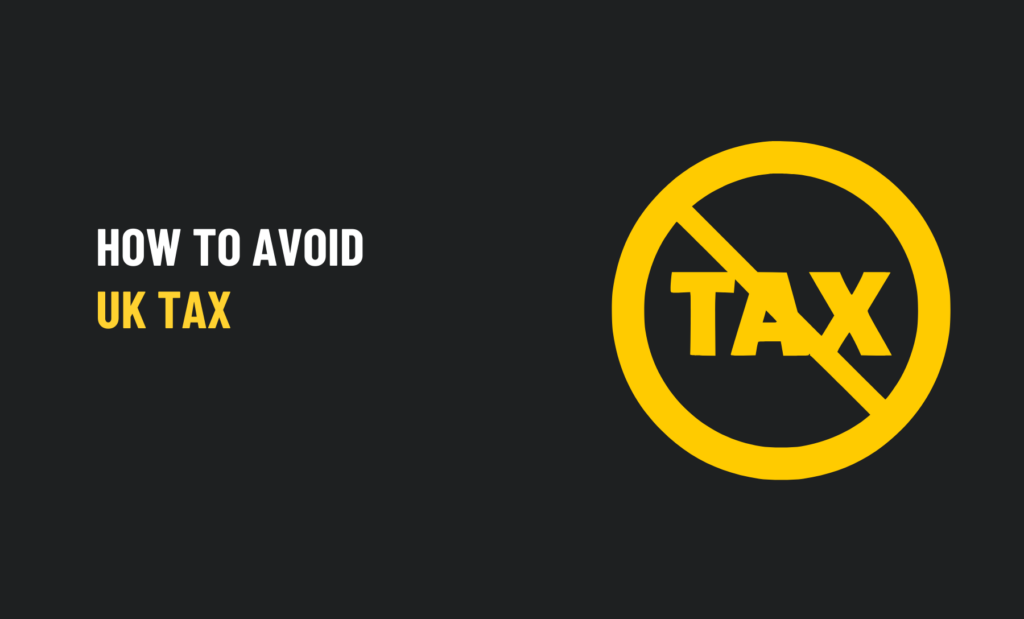
Introduction: The introduction of new tax law in the UK has brought about a lot of controversies. The new law will require large companies to publish their accounts on the public register. This is likely to significantly impact how much tax they pay in the UK and how much they can save by avoiding it. […]
How Do I Pay My Corporation Tax?
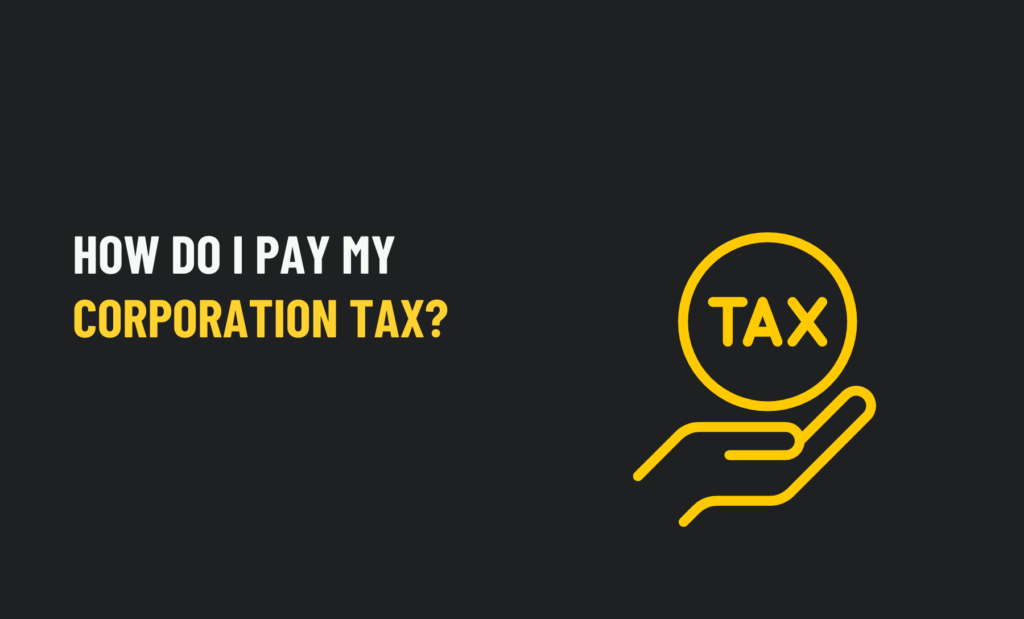
How Do I Pay My Corporation Tax? Are you wondering, how do you pay your corporation tax? Do you know why a company gets subject to corporation tax? To understand the UK’s corporation tax rates, we need to identify what type of company is subject to corporation tax. Corporation tax is the estimated tax that […]
How Do HMRC Investigate Tax Evasion
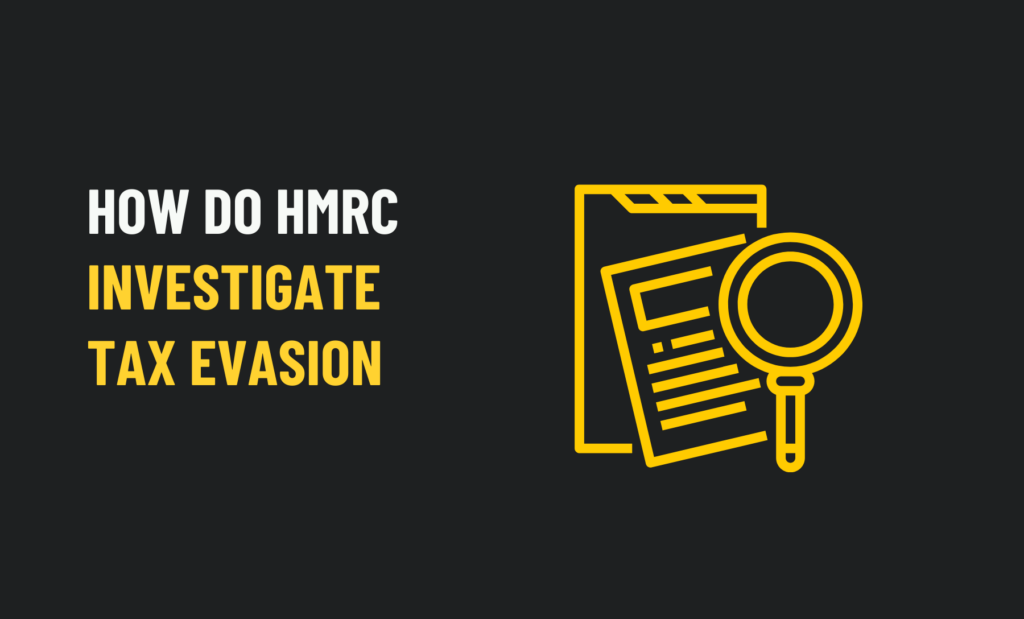
Have you ever wondered how HMRC knows if you are not paying tax properly or not paying? Do you know how they investigate tax evasion? While most people abide by the law and pay their taxes, there are those who deliberately and dishonestly evade tax, steal public funds, or cheat the system in other ways. […]
How Does Emergency Tax Work

Are you wondering how emergency tax work? Do you know when you are emergency tax eligible? In an emergency, HM Revenue & Customs may apply a tax code to your salary. They may do this because they don’t have enough information about how much tax you need to pay. This temporary measure is in place […]
How to Cancel Tax on a Car

Car taxes raise money for the government to maintain and improve our huge network of roads and motorhighways, as well as make payments depending on the carbon emissions of your vehicle. As a result, it’s essential to make sure your vehicle is properly taxed. However, since vehicle tax is often paid in 6 or 12-month […]
What Tax Relief Can I Claim
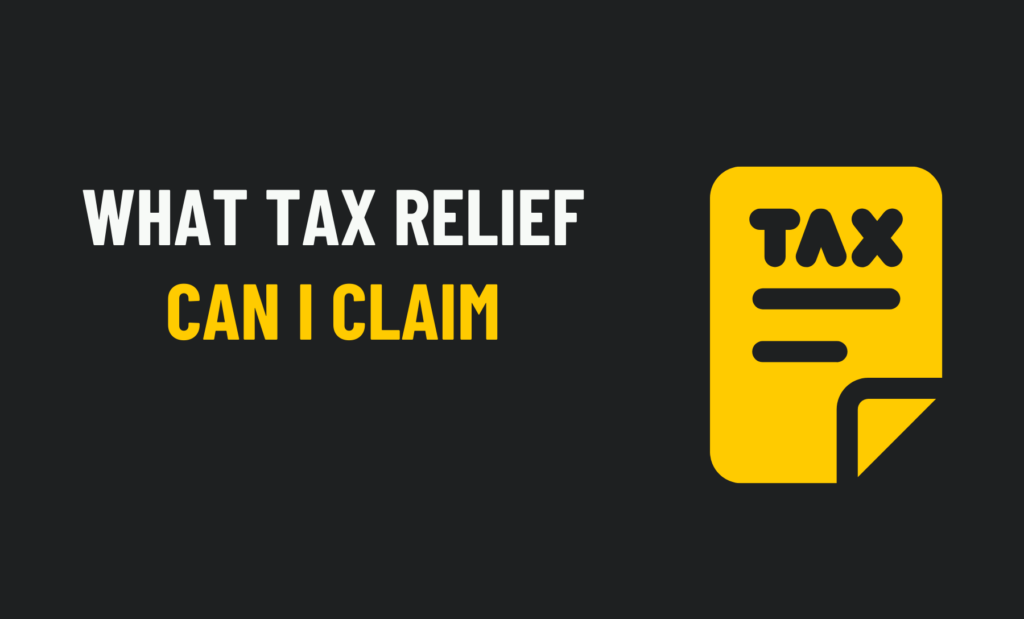
What Tax Relief Can I Claim? It is important to know what tax reliefs are available to you. The tax reliefs are very useful for business owners. If you have enough knowledge about the tax laws, you can be eligible for more tax deductions and exemptions. Tax reliefs are some of the most important decisions […]
How Long Does It Take To Get A Tax Rebate
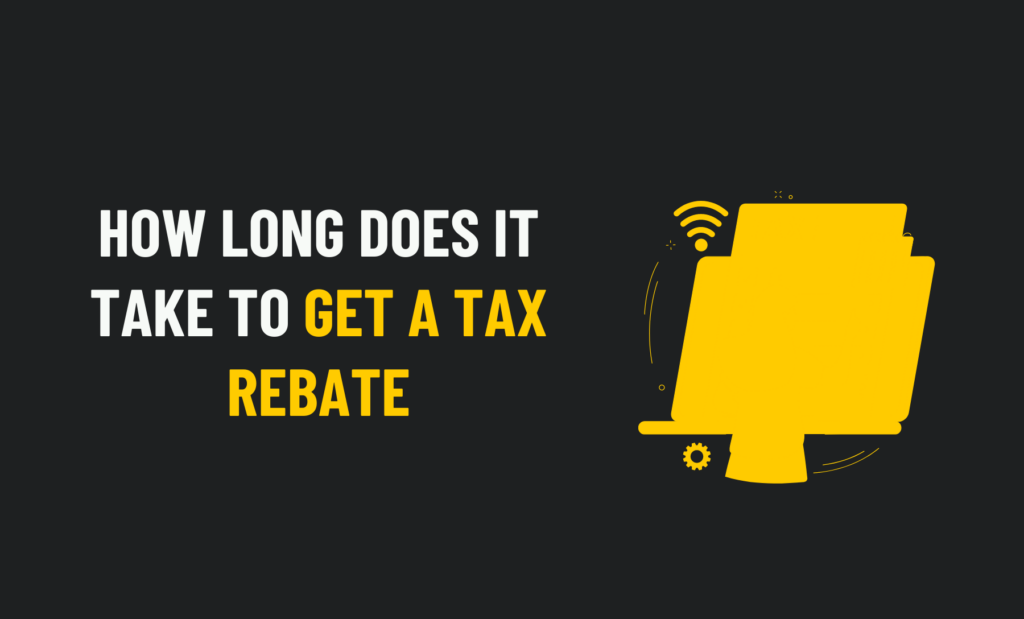
The number one question that people ask about tax rebates is How Long Does It Take To Get A Tax Rebate. A lot of people are confused about how soon they can get their tax refund, and some even apply for their refund before April 15. To help you navigate this confusing maze, we’ve created […]
How Far Back Can HMRC Claim Unpaid Tax
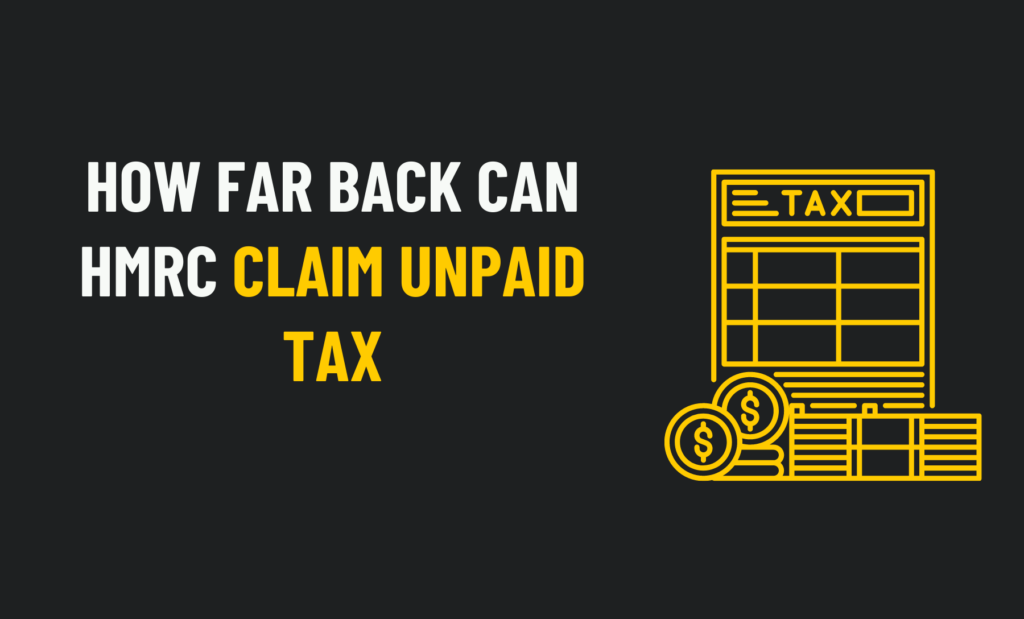
Why would HMRC claim unpaid tax? And how far can HMRC claim go back? There are many different time limits. The limit set depends on whether it is a claim or an assessment. The HMRC is a government agency in the United Kingdom that assists the government in collecting taxes and duties on its behalf. […]
How Do You Cancel Car Tax

Are you thinking of canceling your car tax? Are you looking for the process to do it cancel car tax? There are a few situations where it makes sense to get rid of your motor vehicle tax, the most popular of which is while selling your automobile. The good news is it’s pretty easy to […]
Credit Control – How to Get it Right Every Time

One of the most important aspects of running a successful business is effective credit control. Your business’s cash flow can be severely impacted if money does not come in on time, and the resulting problems can quickly spiral out of control. Effective credit control is an important process that begins with getting to know your […]
What is a P11d: A Basic Guide
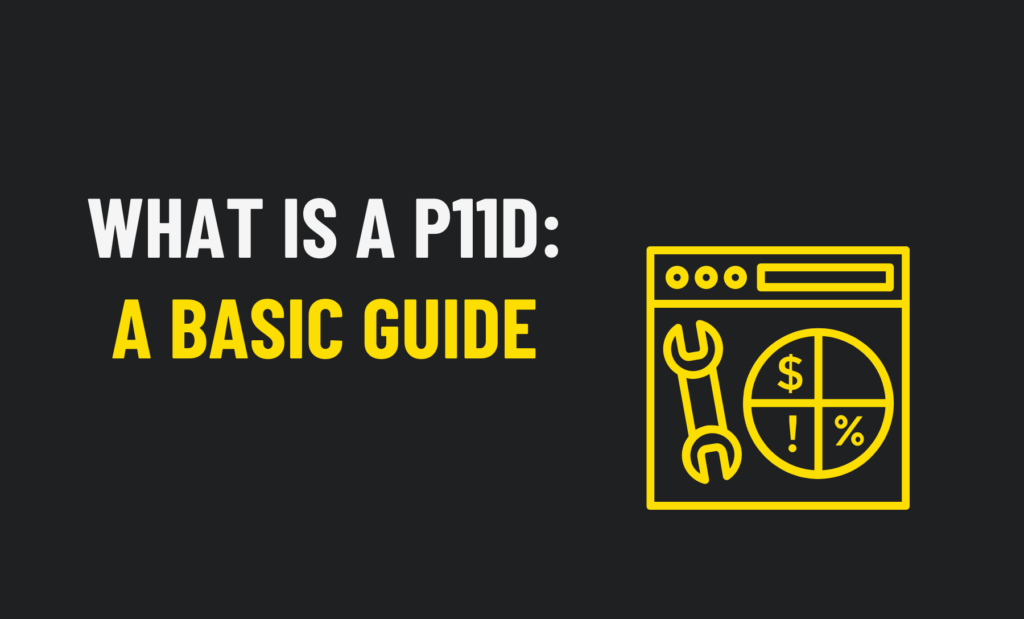
Do you receive or pay your employees’ or directors’ expenses or benefits throughout the year? Then you must complete and submit a P11d form to HMRC for each employee who has received the benefits, as well as a P11d(b) to summarize the class 1A NIC due, as required by law. Does all that sound like […]
The Right – and Legal – Way to Use a Probation Period in the UK
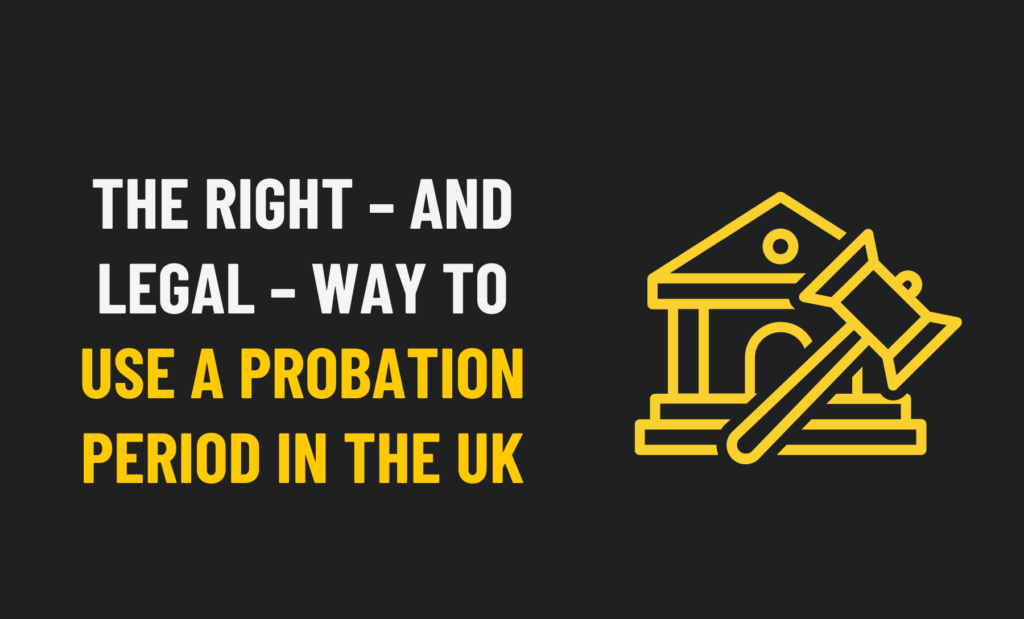
It’s unsettling to realise you may have made a poor hiring decision. When dealing with a new employee, you might find they are different from how they appeared in the interview. Implementing a probation period in the UK can help ensure you’ve made the right hiring decision. It’s possible that they’re not very capable in […]
How to Close a Limited Company the Right Way

How to Close a Limited Company the Right Way Not every business succeeds, and not every partnership blossoms as expected, meaning that it’s not unusual for the time to come when the principals involved might want to close a limited company and move on to the next phase in their professional lives. Closing a limited […]


